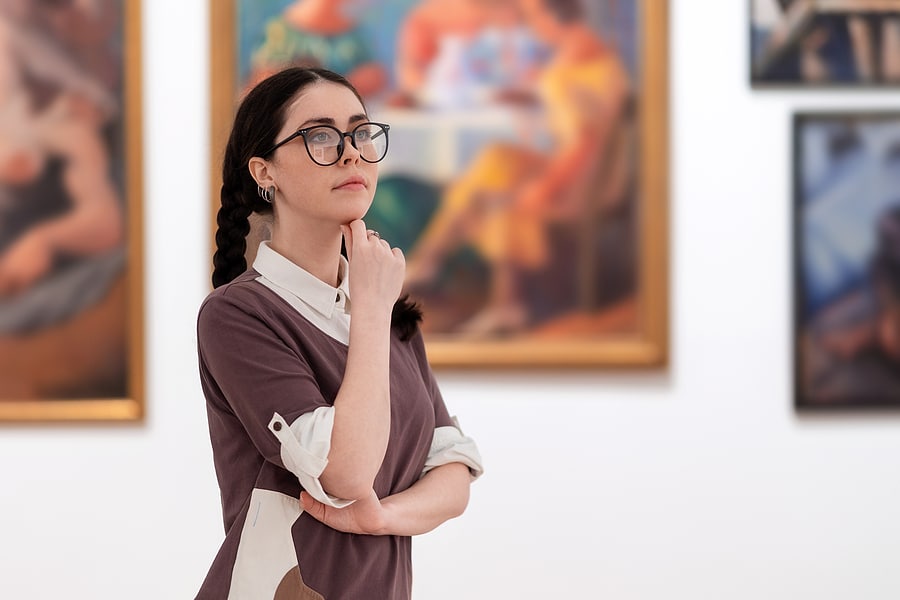A framed picture that was snapped up for a few pounds in a charity shop in London has been identified as an original Henry Moore drawing. The Times reports that the artwork, which depicts a seated mother and child, has been confirmed as authentic by the Henry Moore Foundation.
The owner, who assumed that the artwork was a print, brought it into an auction house along with books and other framed prints. The modern art specialist at the auction house, Alexander Hayter, suspected that the watercolour, wax crayon and ink drawing was an original Henry Moore and asked for permission to open the frame.
He found Moore’s signature on the back and another drawing on the reverse. The artwork has been officially identified as the work of Henry Moore, and is dated between 1947 and 1949. The work titled Four Studies for Seated Mother and Child will be auctioned in December with a guide price of £20,000 to £30,000.
However, there is an expectation that it will fetch a far higher price because of its rarity and similar examples in the past that have sold for in excess of £60,000.
Henry Moore (1898-1986) is described as one the most important British artists of the twentieth century and was also internationally highly regarded as a sculptor. He was born in Castleford, a mining town near Leeds in West Yorkshire. After military service in 1919, he studied at Leeds School of Art and the Royal College of Art, London.
During the 1920s, Moore developed his original style as a sculptor and began to take on international commissions. By the 1930s, he was at the forefront of the European art scene. When WWII broke out in 1939, Moore turned to drawings when his London studios were bombed.
His ‘Shelter Drawings’ of people taking refuge in the London Underground during the Blitz increased his public profile and won him further critical acclaim. The drawings are made with mixed materials of chalk, wax, crayon, ink and watercolour, and capture the anonymity yet closeness of the confined spaces, as well as the tension and terror.
The figures have a solid sculptural feel, as you might expect given Moore’s artistic background, yet they display great sensitivity to the human situation. The drawings captured the public mood and Moore was made an official war artist.
During the war, Moore and his wife Irina Radetsky moved away from London after their Hampstead home was damaged by bombing, to a farmhouse in Perry Green, Hertfordshire. They gradually developed the farm buildings into new studios and in the aftermath of the war, Moore returned to sculpture.
He was a public spirited artist who felt the weight of civic duty, and he played a major role in the post-war effort to restore the cultural fabric of the country. He took many commissions for public artworks during the 1940s and 50s that can still be seen in the grounds of schools, hospitals, and on housing estates today.
